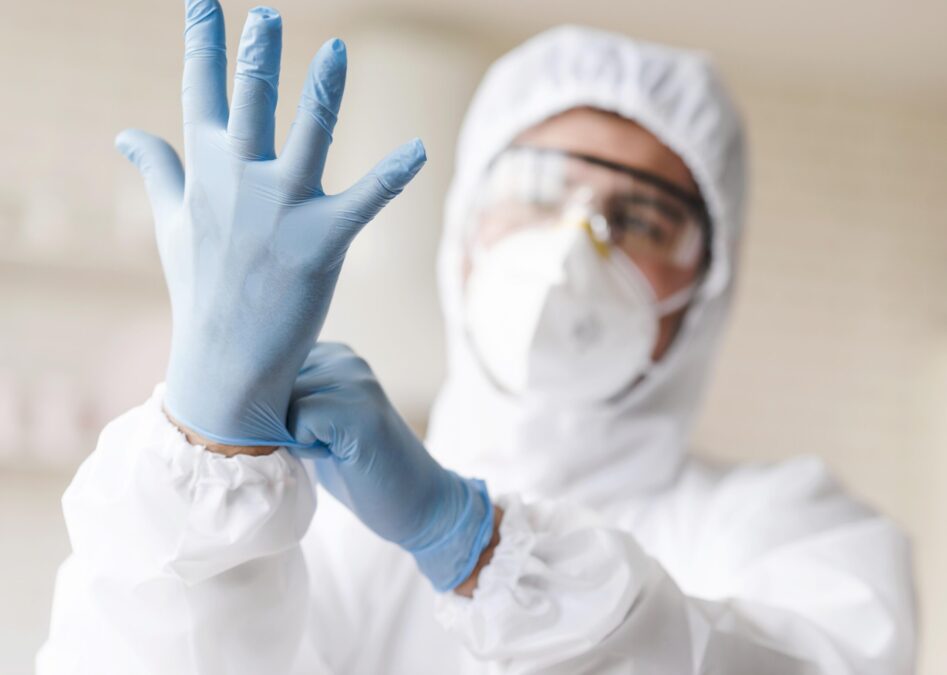INDIA. New Delhi. The coronavirus pandemic has given birth to a new biohazard crisis in countries across the world. Healthcare facilities are facing immense pressure in dealing with the unprecedented global health emergency. In the midst of this is an urgent need for India to address the growing threat of medical waste and create innovative solutions for its management.
An escalating concern. The number of coronavirus cases is increasing rapidly across the nation. The latest figures for medical waste generated in India during COVID-19 are yet to be published. However, according to industry estimates, India is witnessing a six-fold increase in biomedical waste thanks to the virus. One of the worst-hit states is Punjab, which is producing around 550kg of medical waste per day.
A report published in 2018 by the Associated Chambers of Commerce and Industry of India (ASSOCHAM), pointed out that Delhi-NCR annually produces over 5900 tonnes of medical waste. They also stated that biohazardous waste can cause serious health and environmental problems.
Many patients with mild symptoms are advised to home quarantine. Whereas a large number of patients are kept in isolation wards in hospitals. In these scenarios, all types of waste management become a matter of grave concern. Mishandling this these materials coupled with unsafe disposal can create a threat to people’s health. It can also cause great damage to the environment.
The government’s take on the situation. In April 2020, the Central Pollution Control Board (CPCB) released a set of guidelines for COVID-19 related waste management. The guidelines give a clear direction on the handling of refuse generated by sites like hospitals, testing laboratories, quarantine facilities, and containment zones.
People are advised to collect used masks, personal protection equipment (PPE) kits, headcovers, and tissue papers in a yellow bag. This bag should then be burned at a biomedical treatment facility by trained staff. This also includes semi-plastic and non-plastic objects, face masks, toiletries, disposable plates, and glasses used by COVID-19 patients.
However, the biggest hurdle in this process of waste segregation is at the time of collection. Residents of different localities are still struggling to adapt to the two category segregation, which is dry and wet. Introduction of a third category might make it more complicated.
To help discover more innovative solutions for safe disposal of the hazardous rubbish, the principal scientific adviser of India has recently announced a COVID-19 refuse treatment innovation challenge.
Time is of the essence. While the government devises guidelines for waste management, the challenge to separate the trash stands still. While provisions are being made for waste collection, biohazard awareness among the public is still low.
Additional logistical challenges being addressed include the upgrading of incinerators at the waste management facilities. The incinerators are being upgraded as per CPCB’s guidelines to burn the yellow category waste at the right temperature.
The civic bodies in every city are forced to focus on engaging their trained staff for proper waste collection during the pandemic. Sanitation workers act as the first line of defense against coronavirus refuse.



